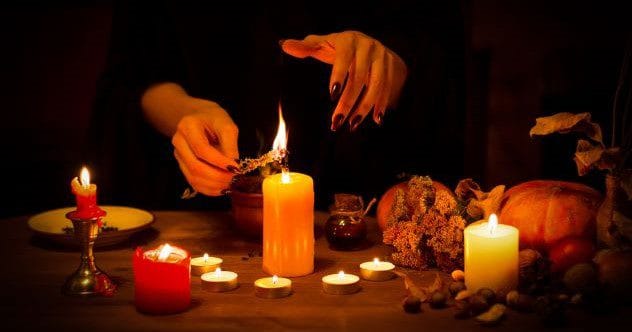The 14th century was a tumultuous period, marked by devastating events like the Black Death, which wiped out a significant portion of the population. The Catholic Church held immense power, deeply influencing daily life. With widespread illiteracy and limited access to books, fear of the Devil and witchcraft was rampant, leading to the persecution of those suspected of practicing dark arts. Let’s delve into the stories of those who played key roles in these troubling times.
1. Bishop Audfinn Sigurdsson
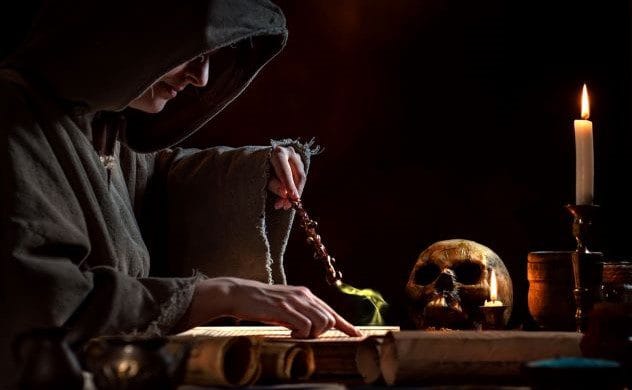
Audfinn Sigurdsson served as the Bishop of Bergen, Norway, from 1314 to 1330. The Catholic Diocese of Bergen was responsible for promoting religion across several countries.
In 1324, Sigurdsson accused Ragnhild Tregagas of witchcraft. The accusations included selling her soul to Satan, performing magic rituals, and adultery with her cousin. Tregagas allegedly cursed her cousin’s wedding by placing loaves of bread and peas in the newlyweds’ bed, along with a sword to incite conflict. Some speculate that Sigurdsson coerced Tregagas’ confession. Ultimately, Sigurdsson sentenced Tregagas to fasting and pilgrimage to holy sites outside Norway, marking the only known medieval witchcraft trial in Norway. [1]
2. Pope Benedict XI
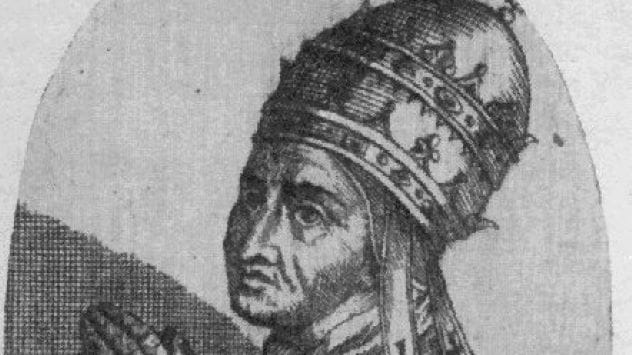
Pope Benedict XI’s papacy was short-lived. In 1303, he prosecuted Friar Bernard of Delicieux for taking over a town and freeing prisoners of the Inquisition. Bernard also prophesied Benedict’s death.
Benedict first arrested Bernard in 1304 for speaking against the church. After Benedict’s death, Bernard was arrested again in 1317, accused of murdering Pope Benedict XI and practicing sorcery, though Benedict likely died of natural causes. Bernard was found guilty and tortured, confessing to obstructing the Inquisition but not killing Benedict. He was defrocked and sentenced to solitary confinement. [2]
3. Robert Marshal of Leicester
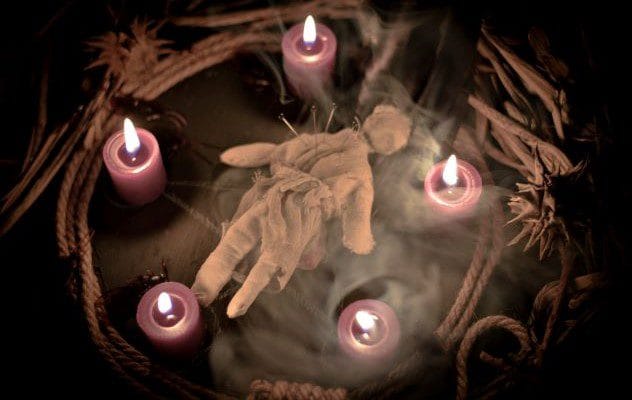
In 1324, Robert Marshal of Leicester accused John of Nottingham of sorcery. Robert claimed that John was hired by 25 people to kill the king and others using his powers. Robert admitted to being paid 15 sterling for assisting in these crimes.
John allegedly created waxen images of the king and others, using a pin to test the effectiveness of his sorcery. The man in the image died when the pin was placed in the effigy’s heart. John was arrested and put on trial, but he denied everything, leading to his acquittal. [3]
4. Richard de Ledrede, Bishop of Ossory
Richard de Ledrede, born around 1260, was the Irish Bishop of Ossory in the 14th century. Known for his conflicts with colleagues, Ledrede led the Kilkenny witch trials in 1324, accusing figures like Alice Kyteler and her servant, Petronella de Meath.
Kyteler was accused of killing her first husband, denying Christ, sacrificing animals to demons, and having a sexual relationship with an incubus. De Meath confessed to these crimes and implicated Kyteler. De Meath was burned at the stake, while Kyteler fled the country, becoming the first person charged with witchcraft in Ireland. It’s believed Kyteler’s wealth fueled the accusations. [4]
5. Philip IV
Philip IV, King of France from 1285 to 1314, is remembered for expelling Jews and persecuting the Knights Templar.
Philip IV and the Church accused the Knights Templar of witchcraft, heresy, and aligning with Satan. Driven by his dislike for their wealth and power, Philip IV had Templars tortured, leading to confessions of dark arts. Templars claimed new members were forced to desecrate the cross and worship Baphomet, a demon appearing as a black cat. The persecution was also motivated by the fear that the Templars undermined the church’s message. [5]
6. Pope John XXII
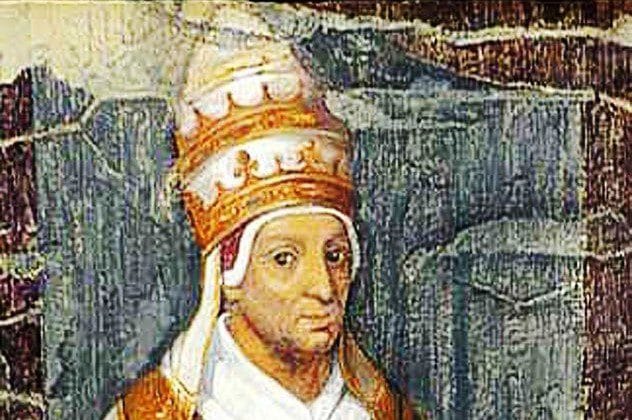
Jacques Duese, after studying law and medicine, joined the church and quickly rose in ranks, becoming Pope John XXII in 1316.
Two years after the Templars were destroyed, Pope John XXIII declared witchcraft equal to heresy. Believing assassination attempts were made against him using magic, he issued the 1326 document, Super iliius specula, warning against learning, teaching, or performing magic. [6]
7. Sir John Lovetot
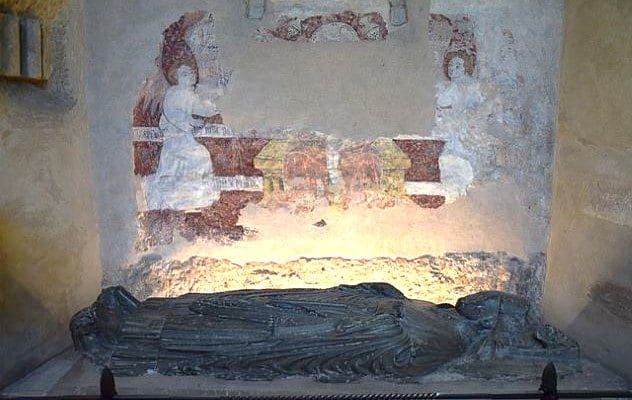
Around 1291, Sir John Lovetot turned against Walter Langton, Bishop of Coventry and Lichfield, possibly due to owing Langton a substantial sum of money.
In 1301, Lovetot accused Langton of having an affair with his stepmother, killing his father, misusing power, and making a pact with the Devil. He even claimed Langton offered the devil “obscene kisses.” Pope Boniface VII summoned Langton to Rome for trial on sorcery charges, but witnesses refuted these rumors, and the charges were dropped due to Langton’s influential status. [7]
8. Peter von Greyerz
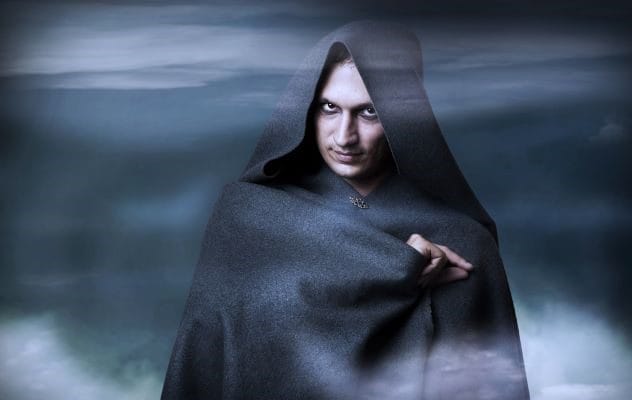
Stedelen was executed in Boltigen, Switzerland, for allegedly using black magic to destroy crops, kill livestock, and cause miscarriages after a drought.
Judge Peter von Greyerz, believing in a Satanic cult, claimed Stedelen learned dark arts from Hoppo, a pupil of the nobleman Scavius, who could turn into a mouse. Stedelen was accused of stealing from fields, creating thunderstorms, and making people and animals infertile. In 1397, Stedelen confessed under torture to summoning demons and making a pact with the Devil, leading to his execution. [8]
9. Jean de Folleville, the Provost of Paris
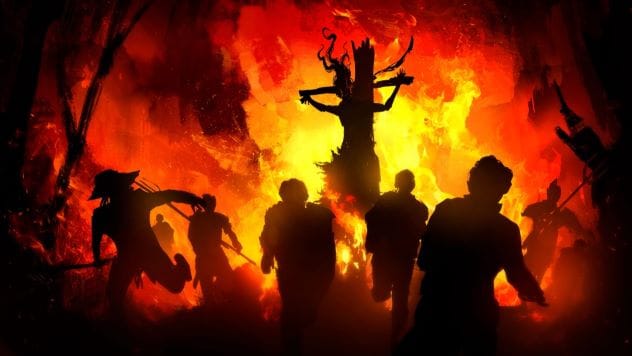
Jean de Folleville, as the provost of Paris, oversaw the first Paris witch trial in 1390.
In August 1390, Margot de la Barre and Marion La Droituriere were burned at the stake for casting a spell on Marion’s former lover. Marion used menstrual blood in wine and obtained recipes from Margot to provoke impotence and arouse desire. In October, Jeanne de Brigue was also tried for witchcraft, accused of learning divination and commanding a demon. Folleville ordered her execution after she helped a priest recover stolen items, leading the priest to believe she had supernatural powers. [9]
10. The Inquisition
The Inquisition, a Catholic Church effort, aimed to combat heresy and witchcraft through trials. Convictions often led to executions or life imprisonment. Inquisitors offered chances to confess, with torture used on both confessors and non-confessors.
In 1384, Sibilla Zanni and Pierina de’Bugatis were initially given minor penance for their stories about Madonna Oriente, a fairy-like figure performing magical acts. However, in 1390, they were re-arrested and executed after admitting to sex with Lucifelum, a dark spirit, and signing a contract renouncing God. Their narrative was similar to those of other groups in Italy and Europe at the time. [10]
These persecutors, driven by fear, power, and religious zeal, significantly influenced the course of the 14th century. Their actions led to countless unjust trials and executions, leaving a dark mark on history.
What are your thoughts on these historical figures? Leave your comment below!


